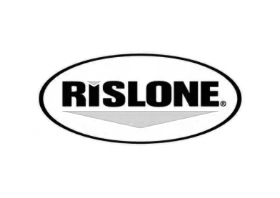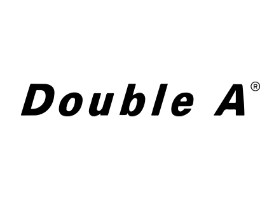English
- استرجاع مجاني وسهل
- أفضل العروض
Robotic Exploration Of The Solar System : Part I: The Golden Age 1957-1982 paperback english - 23 Oct 2007
قبل:
72.00 د.إ.
الآن:
70.10 د.إ. شامل ضريبة القيمة المضافة
وفرّت:
1.90 د.إ.
 توصيل مجاني
توصيل مجاني
احصل عليه غدًا

احصل على 5% رصيد مسترجع باستخدام بطاقة بنك المشرق نون الائتمانية. اشترك الآن. قدّم الحين




1
توصيل مجاني لنقطة نون ومراكز الاستلام
معرفة المزيد
إرجاع سهل لكل المنتجات في هذا العرض.

المنتج كما في الوصف
70%
شريك لنون منذ
4+ سنينالمواصفات
| الناشر | Springer-Verlag New York Inc. |
| رقم الكتاب المعياري الدولي 13 | 9780387493268 |
| اللغة | الإنجليزية |
| وصف الكتاب | This fascinating book is a must-have text for space enthusiasts with an engineering bent. It is a detailed history of unmanned missions that have explored our solar system. The subject is treated wherever possible from an engineering and scientific standpoint and includes technical descriptions of the spacecraft, their mission designs and their instrumentations. Scientific results are discussed in depth, together with details of mission management. The book is fantastically comprehensive, covering missions and results from the 1950s right up to the present day. Some of the latest missions and their results appear in a popular science book for the first time. |
| المراجعة التحريرية | "This book ... presents the accomplishments of robotic exploration of the major planets and their moons from Mercury to Neptune. Ulivi and Harland do a splendid job describing observations made using these ... 'robots' to take pictures and explore the infrared and radio emissions, aurora, magnetic fields, and magnetospheres of these planets, their satellites, and the interplanetary medium. ... More than 46 pages of references, further readings, excellent photographs and extensive illustrations, full author list, 6-page glossary, and 10-page index. Summing Up: Recommended. All levels." (W. E. Howard, CHOICE, Vol. 45 (8), 2008) "Robotic Exploration of the Solar System would address events that had happened over the period from 1957 up to the present day. ... this is a fantastic book - there is much in it that I, as a devotee of the subject for longer than either of the authors, can draw from it. It really is encyclopaedic in its coverage and is a wonderful work for old timers ... and for students, new to the field, to consult to get up to speed." (Colin Pillinger, The Observatory, Vol. 128 (1203), 2008) |
| عن المؤلف | The Second World War left among its many and painful heritages a new technology, ballistic missiles, that was to change the world, providing a way to carry into space instruments, satellites and probes that revolutionized science and technology. Prior to launching artificial satellites, both the then Soviet Union and the United States developed more powerful intercontinental missiles with a range of thousands of miles. In the 1950s, the Soviets designed the huge 8K71 "Semiorka" (little seven, after the military designator R 7), a single staged rocket equipped with four large boosters and able to carry an heavy thermonuclear warhead to the continental US. In the USA, competition between the different armed forces prevailed, and the Army developed the medium range Redstone and Jupiter missiles, whilst the Air Force developed the Thor and two different ICBMs, Atlas and Titan and the Navy developed the Polaris submarine launched missiles. The potential of all of these rockets to boost spacecraft were huge, but while in the Soviet Union it was decided to modify an 8K71 to carry a scientific payload into space, the United States decided that the Navy would develop a tiny new rocket called Vanguard, specifically designed for the task. This decision was to have grave repercussions: on 4 October 1957 the Soviet Union launched its PS-1 satellite, better known as Sputnik, which rocked the USA. This was compounded a month later by the launch of the PS-2, carrying the dog Laika. Following the explosion of the first Vanguard on December 6, the US Army then had the task to restore the American confidence by successfully carrying Explorer 1 into space on 1 February 1958 using the modified Redstone rocket called Juno 1. During the same year, the superpowers started working on new versions of their missiles able to carry small payloads to the Moon and, potentially, to the near planets. The space race had begun. |
| تاريخ النشر | 23 Oct 2007 |
| عدد الصفحات | 536 |
Robotic Exploration Of The Solar System : Part I: The Golden Age 1957-1982 paperback english - 23 Oct 2007
تمت الإضافة لعربة التسوق
مجموع السلة 70.10 د.إ.


























































































































